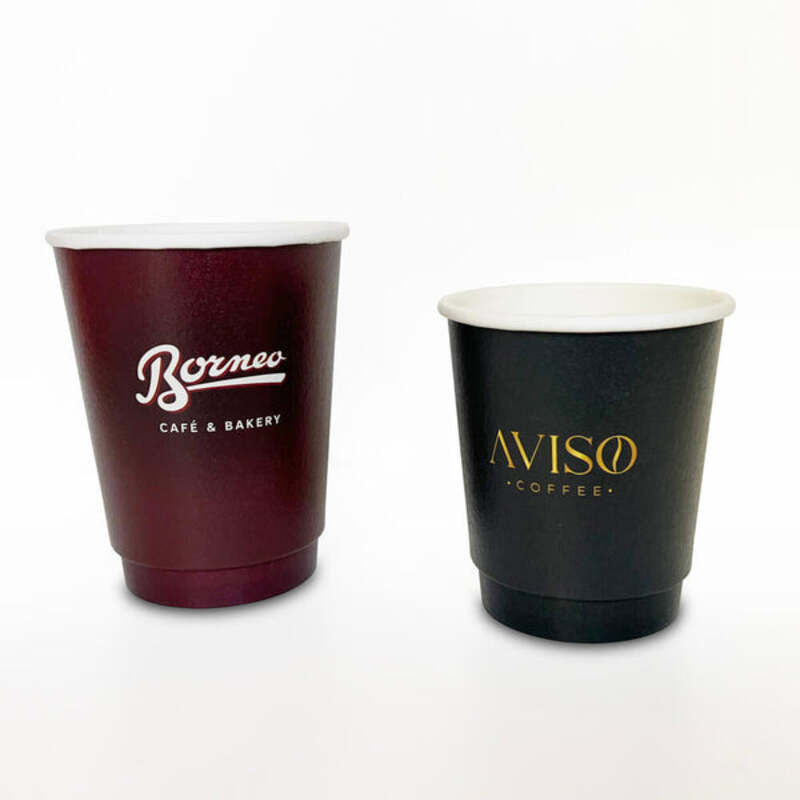The Importance of Wax Paper for Bread Packaging
In the world of food packaging, the materials we choose can significantly influence the quality, freshness, and overall appeal of baked goods. Among the various packaging options available, wax paper stands out as a preferred choice for bread packaging due to its unique properties and benefits. This article explores the benefits of using wax paper for bread packaging, its environmental considerations, and tips for choosing the right type.
Characteristics of Wax Paper
Wax paper is a solid yet flexible material coated with a layer of paraffin or beeswax. This coating makes the paper water-resistant, providing an excellent barrier against moisture, air, and grease. These characteristics are particularly vital when it comes to preserving the freshness of bread, which is perishable and can quickly lose its quality when exposed to the elements.
Freshness and Preservation
One of the primary reasons that bakers and manufacturers opt for wax paper in bread packaging is its ability to extend the shelf life of the bread. The moisture barrier helps to prevent the bread from becoming stale, while also keeping it from drying out. When bread is packaged in wax paper, it maintains its texture and flavor for longer periods. This is particularly beneficial for artisanal breads that often feature complex flavors and ideal textures, as they are often enjoyed fresh.
Moreover, wax paper also allows the bread to breathe. Unlike plastic wraps, which can create a moist environment leading to mold growth, wax paper helps to maintain an ideal balance of moisture. This property is essential for preventing the dreaded soggy bread, making it a popular choice among bakers who prioritize quality.
Aesthetic Appeal
In addition to its functional benefits, wax paper also offers an aesthetic advantage. Its natural look and feel can enhance the visual appeal of bread, especially when used for presentation or during events. Wholesome, rustic packaging aligns well with contemporary consumer preferences, as many people gravitate toward products that look artisanal and homemade. Whether it's a baguette, sourdough loaf, or a batch of rolls, wrapping them in wax paper gives a homemade touch that many consumers find appealing.
wax paper for bread packaging

Environmental Considerations
In today's socially conscious market, sustainability is a significant consideration for both producers and consumers. Wax paper is often seen as a more environmentally friendly option compared to plastic alternatives. It is biodegradable, reducing the long-term impact on the environment. Additionally, many wax papers are made from sustainable paper sources, reinforcing the move towards eco-friendly packaging solutions.
However, not all wax papers are created equal, and it’s important to consider the sourcing of materials and the type of wax used. As consumers become more informed, they may seek out wax papers that use organic or eco-friendly wax to ensure their choices align with their values. Always look for manufacturers who are transparent about their materials and practices.
Choosing the Right Wax Paper
When selecting wax paper for bread packaging, it’s essential to consider several factors. First, think about the thickness and durability of the paper. A thicker wax paper will provide better protection against moisture and air exposure. Additionally, check that the wax used is food-grade and safe for food contact.
Next, consider the size and dimensions of the paper to ensure that it fits the bread loaves or rolls properly. A well-fitted wrap will not only look better but will also perform more effectively in keeping the bread fresh. Lastly, choose a reputable supplier to ensure high-quality wax paper that meets your needs.
Conclusion
In summary, wax paper is an excellent choice for bread packaging due to its moisture resistance, breathable properties, aesthetic appeal, and environmental friendliness. As consumers increasingly demand better-quality, sustainably packaged baked goods, the use of wax paper is likely to continue growing. With the right choice of materials and considerations for quality, bakers can ensure that their bread remains fresh and inviting, ultimately enhancing the overall consumer experience.



